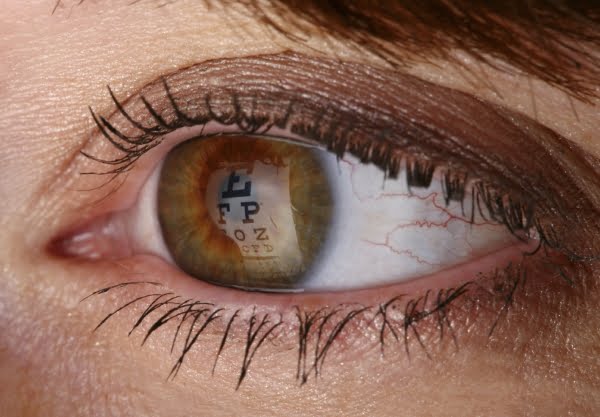
How Laser Cataract Surgery is Performed
Laser cataract surgery is performed similarly to the traditional procedure only instead of using hand-held devices and tools a laser does most the work. Studies show laser cataract surgery provides greater accuracy and reduces certain risks. To understand how laser cataract surgery is performed, you have to understand the traditional cataract surgery process as well.
The Three Basic Steps of Cataract Surgery
The purpose of cataract surgery is to remove your natural eye lens that has developed a cataract and become cloudy. Once your eye lens is removed, it’s replaced with an intraocular lens implant (IOL). These steps stay the same whether done by hand or by laser.
- The Corneal Incision—This step is done to gain access to the inside of the eye and the cataract inside your natural eye lens behind your pupil. This incision must be precise so that it can seal itself after surgery.
- Traditional: An incision is made by hand with a diamond or metal blade where your cornea meets your sclera (white part of your eye). The IOL is then inserted.
- Laser: Our cataract surgeon forms an incision plan using a 3D image of your eye so that we can plan precisely for the location, depth, and length of the incision. The incision is done using a femtosecond laser. The use of the laser lowers the risk of infection and promotes self-sealing after surgery.
- The Anterior Capsulotomy—Your natural lens sits in a small, clear capsule or “pocket.” Cataract surgery requires the front area of this pocket to be removed to reach the cataract. This step is especially vital because the capsule must be left intact so it can hold onto the IOL.
- Traditional: The cataract surgeon uses a tiny needle to open the capsule, then either uses the same needle or forceps to open the lens pocket in a circular technique.
- Laser: A femtosecond laser opens the capsule and removes the top portion. Studies have shown that anterior capsulotomies performed with a laser are more accurate than the traditional method and easily reproduced. Laser capsulotomies are also better at centering the IOL, which determines how well you see after surgery.
- Lens and Cataract Fragmentation—The cataract is now ready to be removed, but first, it must be broken into removable pieces.
- Traditional: An ultrasonic device is put into the incision, and ultrasound energy is used to break up the cataract. However, this method can cause a buildup of heat which could cause the incision to burn, resulting in possible astigmatism. This burn can also cause the incision site to leak and require sutures instead of self-sealing.
- Laser: An FDA-approved laser is used to soften and break up the cataract. These smaller, softer pieces don’t need as much heat energy to remove the cataract, so the risk of burning or distortion is significantly reduced. The current lasers approved for laser cataract surgery include LenSx, LensAR, Catalys and Victus.
If you or someone you know has cataracts, please contact our eye doctors in Northeastern Pennsylvania at 855-204-6888 to schedule your eye exam today. Northeastern Eye Institute serves patients in Hazleton, Wilkes-Barre, Scranton and surrounding Pennsylvania areas.